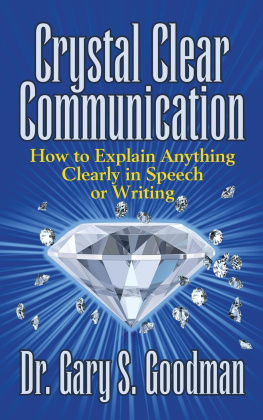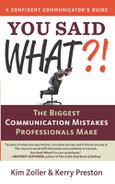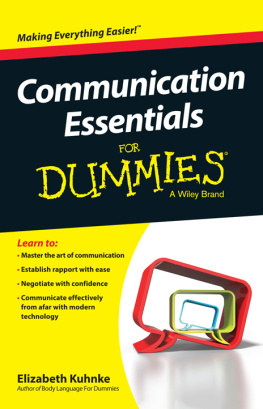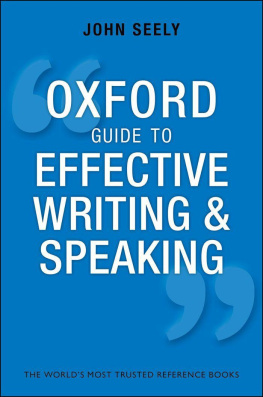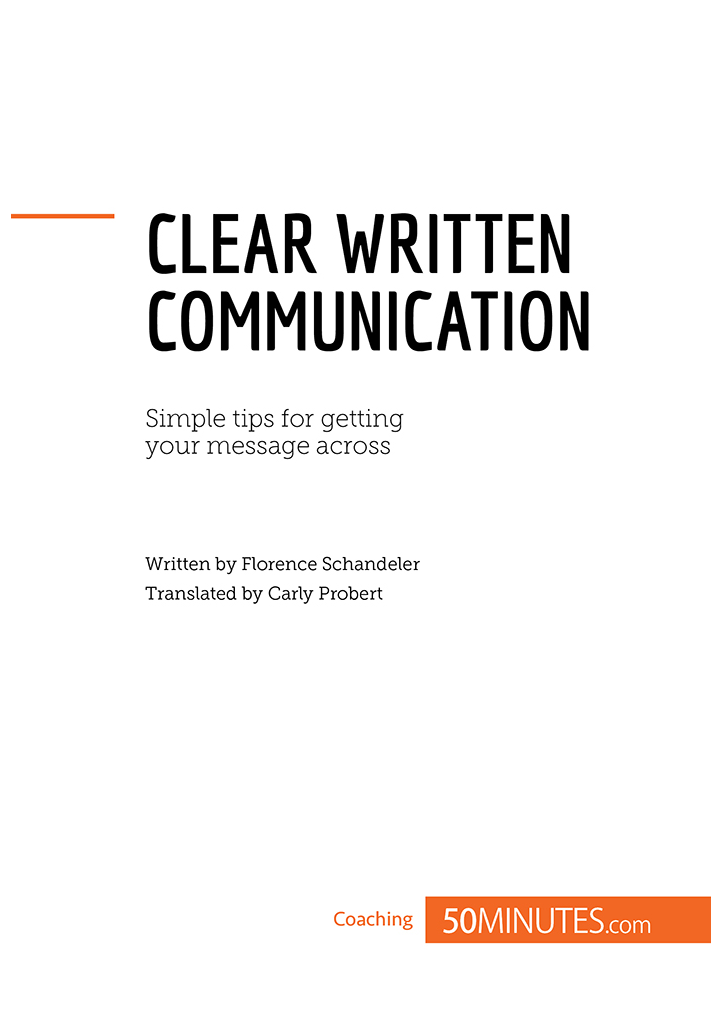A well-conceived idea is expressed clearly, and the words to say it with arrive with ease this mantra has been repeated in chorus by philologists and humanities professors quoting Nicolas Boileau (French writer, 1636-1711). Yet, it is clear that words often fail us when we set about writing our ideas down on paper. Writers block is not a new phenomenon and does not only affect writers. While writing a report or an e-mail is not exactly an art, it is still a rigorous exercise that requires concentration and practice.
In this booklet, we will teach you how to perfect the ins and outs of written communication, in order to concentrate on its objectives and methods. We will discuss the issues and complexity of writing, the difficulty of embarking on a writing task and we will also present concrete tools for structuring your texts and conveying your ideas effectively.
Good writing: the basics
Writing to communicate
Transmitting a message
Roman Jakobson (Russian linguist, 1896-1982) established a diagram showing the components involved in any act of communication.
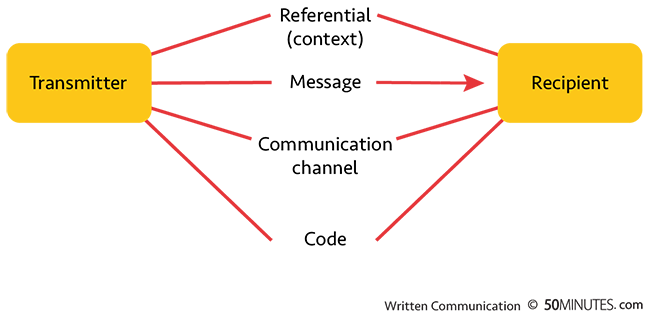
- The message is the subject of the communication, which is transmitted by the transmitter to the receiver.
- The transmitter is the person sending the message.
- The receiver is the person to whom the message is delivered.
- The communication channel is the channel through which the message is delivered (our senses: hearing, sight, etc.).
- The code is defined as the set of signs and rules that allow for the efficient production and transmission of messages. In our case, it is the English language. Other types of code are, for example, the Highway Code or sign language. To understand, the transmitter and the receiver must share a common code.
- The referent is the tangible face of the communication. This is the context in which the message is issued. It consists of real objects, the location, the people, etc.
According to the Jakobson diagram, several parameters must be taken into account when transmitting a message. Firstly, so that the receiver is listening, both the transmitter and the receiver must want to communicate with one another: the first encodes the message, while the second decodes it. Then, for the message to be understood, they must both use the same code, i.e. speak the same language and know the words and expression used.
Challenges and pitfalls of written communication
In written communication, the transmitter and the recipient are not necessarily in each others direct presence. Therefore, this eliminates non-verbal communication (or body language), which is involved in the oral transmission of the message through gestures and intonations. Therefore, the recipient of a written message does not instantly perceive the humorous or ironic character of a subject. Only words convey the message, and therefore acquire considerable importance: they must be accurate enough to communicate a message that is sufficient in itself. Writing requires the transmitter to be clear and direct in their communication and leaves no room for mistakes.
Writing clear and productive business documents is an important asset for you and your business. This skill can help you to:
- improve internal and external communication within the company;
- improve efficiency, which corresponds to the saving of time and money;
- guarantee customer loyalty. If your texts, as a reflection of your business, seem understandable and clear, the customer will be more likely to trust you.
Adapting to the reader
We have already seen that in order to communicate, you need to share the same code and speak the same language, both literally and figuratively; for example, a doctors language is not the same as that of his patient, therefore he must popularise his dialogue. Social environment, culture, education and our professional lives determine how we express ourselves and our vocabulary. To communicate effectively, we must first ensure that we are understood.
This advice applies to all business documents, be it an e-mail, a report, a prospectus or the minutes of a meeting: constantly imagine yourself in the shoes of the recipient before starting to write. If you are talking to someone who has different technical knowledge from your own, be sure to adjust your vocabulary. If they have to resort to a dictionary several times to decode your message, this is likely to discourage them and they may not understand you completely. For example, if a memo is addressed to all employees of the same company, the transmitter should ensure it is written according to the jargon of the industry. However, if the same transmitter prepares a prospectus or brochure for prospective customers, they should adapt the vocabulary used in order to reach the uninitiated audience.
General rule
There is one rule you should remember when writing: always assume that your reader knows nothing about the subject. It is the writers responsibility to explain the concepts presented in the document, to stipulate why he has chosen to write about them and to reveal the interest that the recipient will derive from reading it.
Which medium to use for which purpose?
Appeals, promotional flyers, minutes from a meeting, a work e-mail, etc . are all written in different forms, and also differ greatly in their purpose: to persuade, inform or make a request. Before determining which media to use, set your communication objective. Therefore, if you want to disseminate information within your company, an informative note or e-mail will work, provided you are thorough in your explanation. If you wish to inform the public of an event happening in your business, choose a prospectus or press release. Also, if your goal is to convince a client, use a business letter and construct good arguments; if you are teaching, provide full explanations.
In all these cases, once the text is written, review your writing to make sure that you have fulfilled your communication objectives.










